You are here : Home City of energies > HOME BIAM > Search > EBMP
Team "Environment, Bioenergies, Microalgae and Plants" - EBMP
Fundamental research in the fields of nutrient perception/homeostasis, lipid metabolism and atmospheric carbon fixation in photosynthetic organisms (plants, microalgae, cyanobacteria) for applications in bioenergy, green chemistry and a sustainable carbon-neutral bioeconomy.
Photosynthetic organisms (plants, algae and cyanobacteria) have the potential to address three major societal challenges: food security, energy security and climate change. To domesticate these organisms to address these major challenges, a better understanding of the fundamental mechanisms of photosynthesis, carbon metabolism, nutrient perception and carbon allocation and their integration is desirable.
The goal of our team is to better understand the molecular mechanisms inherent to these biological processes, and to identify the limiting steps, as this fundamental knowledge is necessary to improve photosynthetic organisms. At the fundamental level, we are interested in the mechanisms of nutrient sensing and capture, cellular energetics and the regulation of carbon fluxes to energy-rich compounds (lipids, hydrocarbons, polysaccharides). In particular, we seek to identify the key molecular players involved in signaling, metabolism and cellular energetics in order to study their impact on the physiology and productivity of the organisms considered. At the biotechnological level, we use this knowledge to propose innovative strategies to increase biomass productivity, reduce inputs, improve lipid or polysaccharide productivity, or produce biobased hydrocarbons.
Scientific directions: From nutrient perception to CO2 capture, carbon storage and alkane synthesis
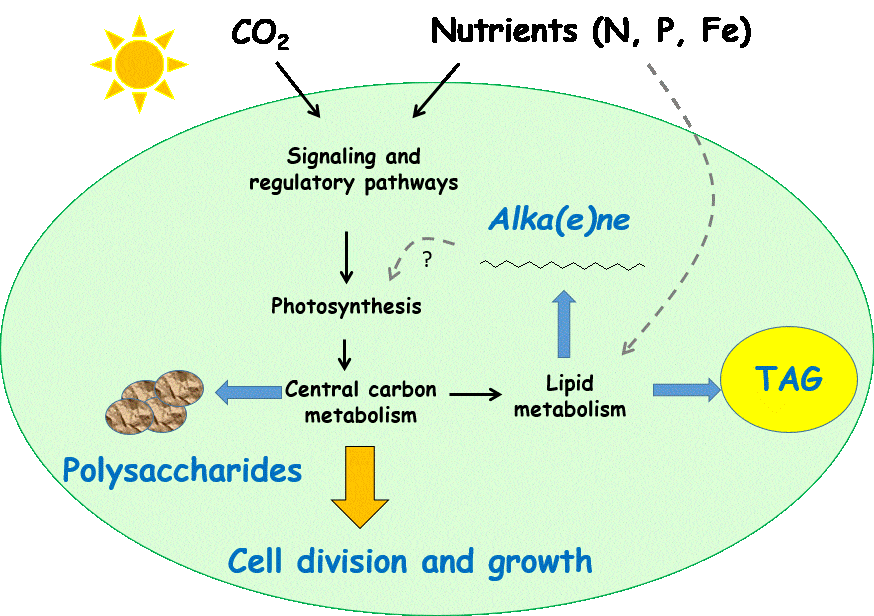
Our major study models: Chlamydomonas reinhardtii and Arabidopsis thaliana
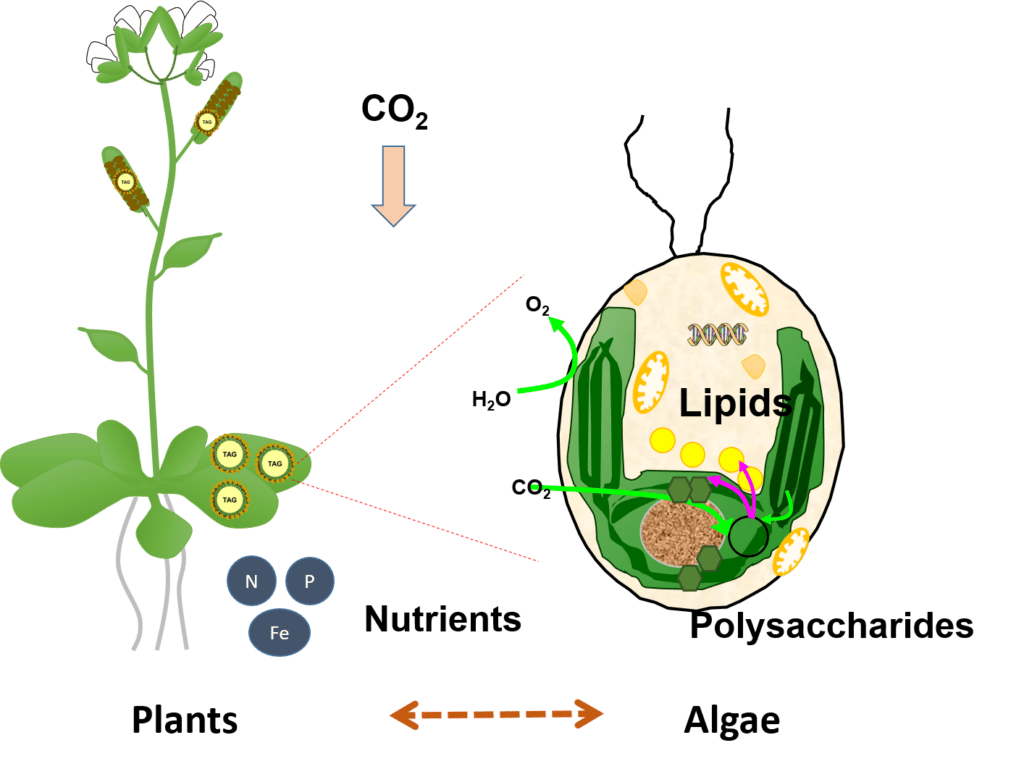
The latest EBMP publications
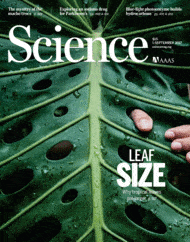
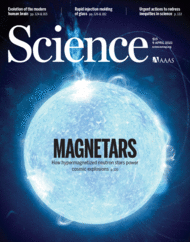
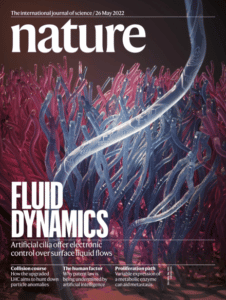
More informations
Video 1:
The City of energies: focus on microalgae
(credit: communication department CEA)
Video 2:
(credit: S. Moulin, C. Sahut, D. Sorigue, F. Beisson)
Team manager
Key words
Lipid; Lipidomics; Fatty acids; Lipid droplet; Hydrocarbons
alkanes; Bio-hydrogen; Photosynthesis; Photoenzyme
Energy trafficking; Carbon metabolism; Genetic engineering; Synthetic biology; Chlamydomonas reinhardtii; Nannochloropsis sp